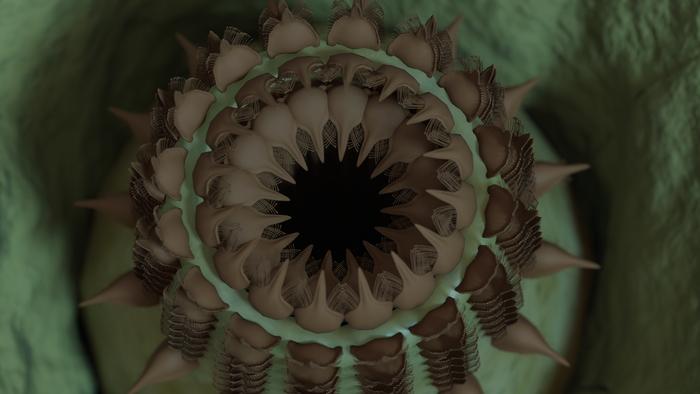Now Reading: 500-Million-Year-Old Spike-Toothed Worm Among Fossils Found in Grand Canyon
-
01
500-Million-Year-Old Spike-Toothed Worm Among Fossils Found in Grand Canyon
500-Million-Year-Old Spike-Toothed Worm Among Fossils Found in Grand Canyon

Swift Summary:
- Researchers from the University of Cambridge discovered a trove of Cambrian-era fossils in the Grand Canyon during an expedition along the Colorado River.
- Fossils date back to between 507 adn 502 million years ago, revealing evolutionary activity during the Cambrian explosion.
- The Grand Canyon acted as a “goldilocks zone” with ideal conditions for animals to evolve,including oxygen-rich waters that were shielded from wave damage and UV radiation.
- Fossils include crustaceans similar to brine shrimp, toothed molluscs resembling snails, and priapulid worms with branching teeth named Kraytdraco spectatus.
- Uniquely preserved soft tissue fossils demonstrate diverse feeding mechanisms in early marine creatures. Remnants of their meals were found alongside their bodies.
(Image Credit: Mussini et al.)
Indian Opinion Analysis:
This discovery underscores how favorable environmental conditions can drive major advancements in biological complexity – insights that parallel human agricultural or industrial evolution during periods of resource abundance. For India, this finding offers lessons for its ecological preservation efforts since maintaining balanced habitats supports biodiversity and adaptation over time. Additionally, India’s scientific community could investigate similar ancient geological formations within its territory (such as those in Rajasthan or the Himalayan foothills) to uncover unique facets of Earth’s prehistoric ecosystem worthy of global collaboration.

























